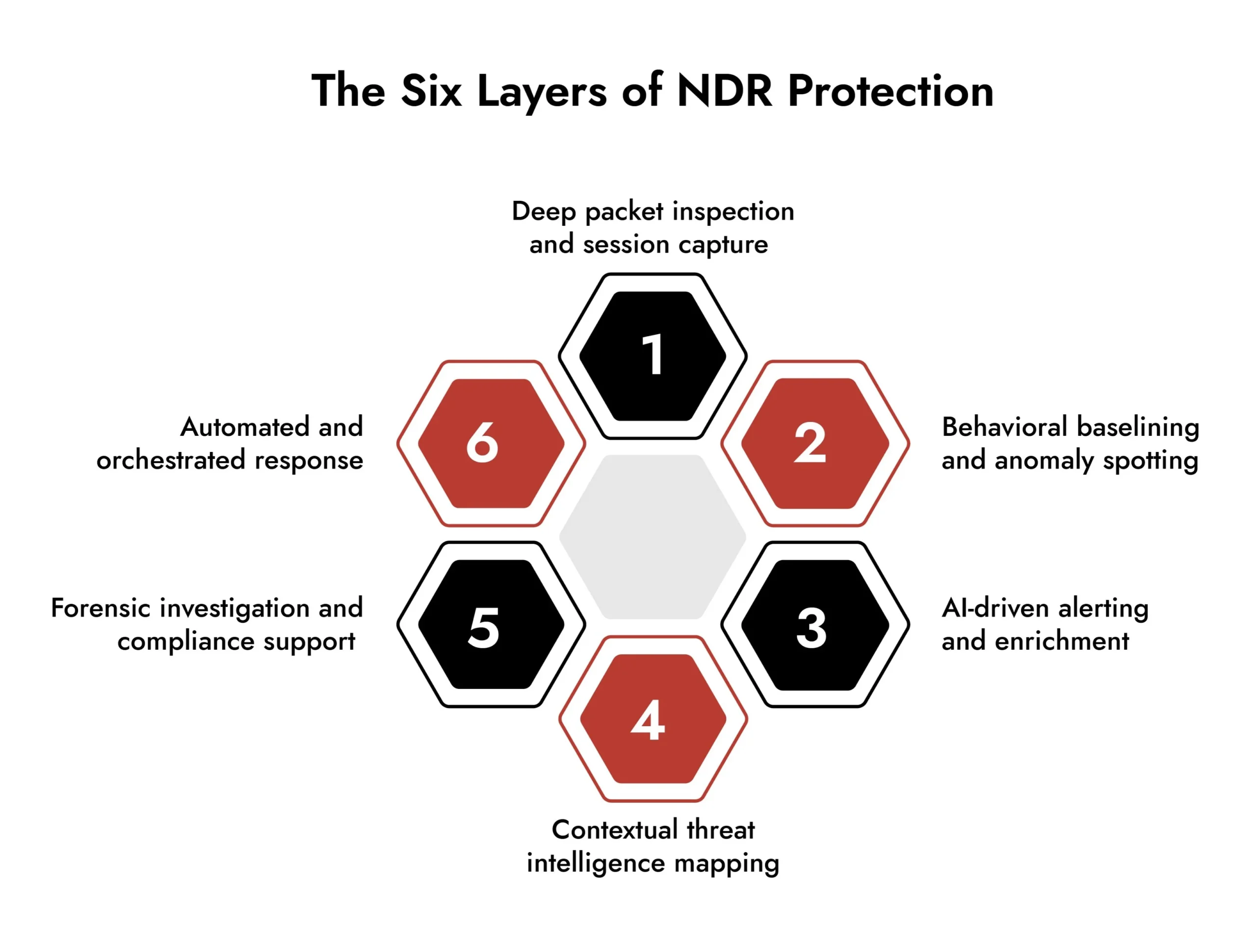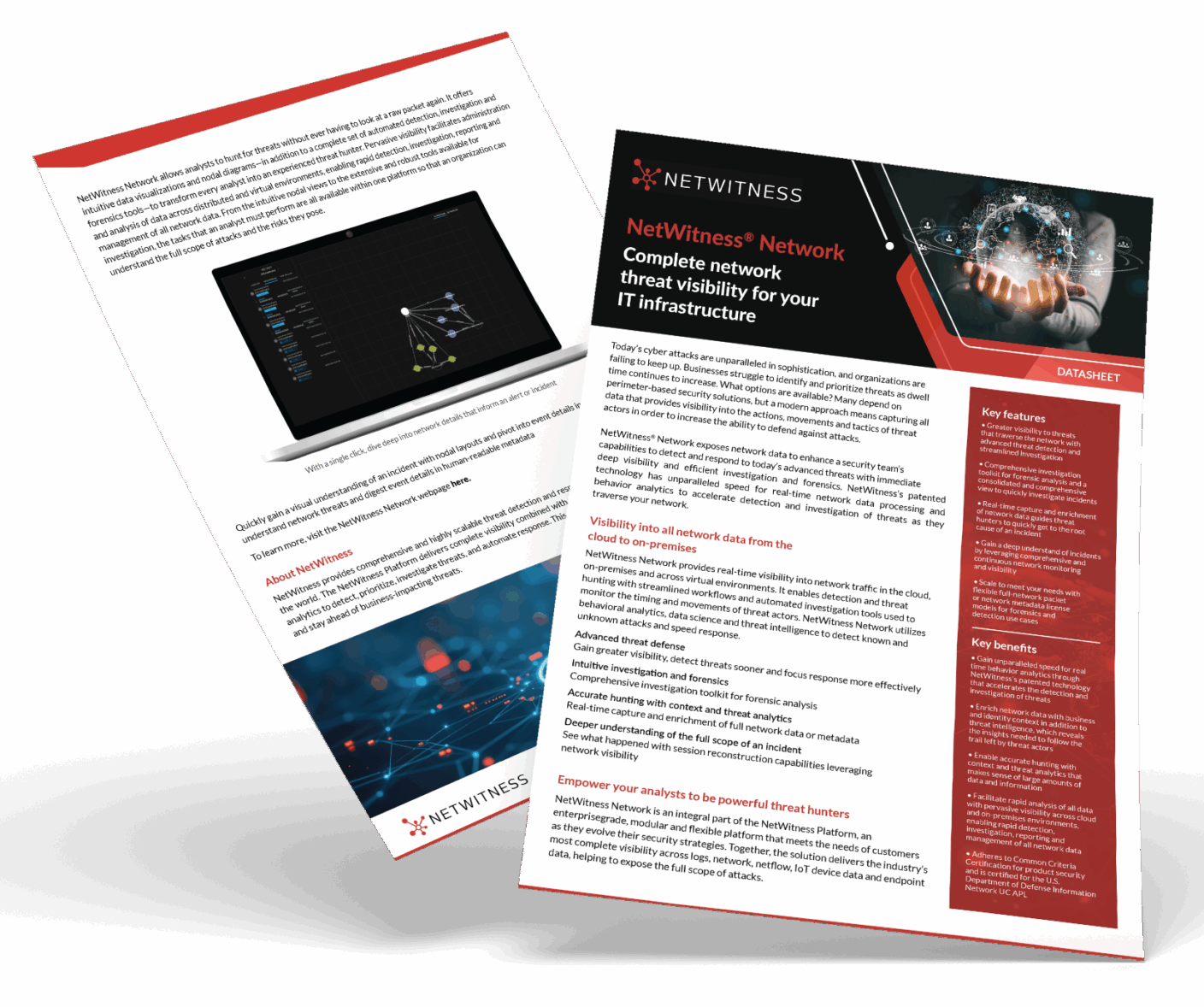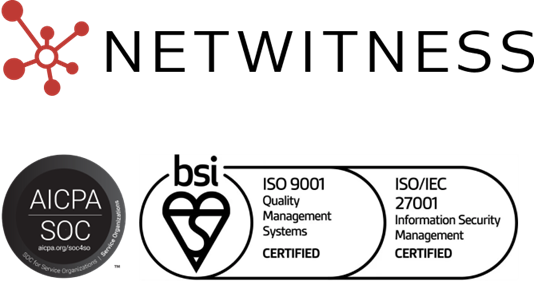Today’s enterprise security landscape is marked by relentless attackers, complex and hybrid environments, and regulatory scrutiny that leaves little room for error. CISOs and security leaders bear tremendous responsibility- not just for data protection, but for business resilience, operational continuity, and reputational risk management. In this climate, traditional perimeter defenses and endpoint strategies are no longer sufficient.
Sophisticated adversaries exploit lateral movement, encrypted traffic, and zero-days undetectable by signature-based tools. This is where Network Detection and Response software (NDR) comes to the forefront, delivering behavioral, real-time analysis that guards against threats hiding in plain sight.
Why Network Detection and Response Matters More Than Ever
- Cyber threats are no longer isolated incidents—they’re continuous, adaptive, and often invisible to perimeter or endpoint tools. The rise of cloud-first operations, encrypted traffic, and AI-driven attacks has changed the rules.
- Here’s what’s driving the shift toward Network Detection and Response solutions.
- Encrypted Visibility Gaps: Over 80% of global network traffic is encrypted. Attackers now hide malicious payloads within legitimate encrypted flows.
- Hybrid Complexity: With users, apps, and data everywhere, security teams struggle to maintain end-to-end visibility.
- Evasion Tactics: Adversaries blend into normal traffic, leverage legitimate credentials, and bypass traditional defenses entirely.
- Data-Driven Regulations: Compliance now requires traceable, forensic-level visibility—something only NDR software provides.
- SOC Overload: Security teams face constant alert fatigue. Without context-rich detection, critical incidents get missed.
- Simply put, network detection and response tools are no longer a luxury—they’re essential to any serious security architecture.
Why Leading Security Teams Turn to Network Detection and Response Software
1. Real-Time, Deep Visibility Across Networks:
Modern threats don’t just target endpoints, they exploit network blind spots, encrypted channels, and legacy devices. Network Detection and Response software is purpose-built for full-fidelity visibility: capturing every packet, reconstructing sessions, and parsing hundreds of protocols. This enables organizations to detect initial access, persistency, lateral movement, and exfiltration in real time, even in environments with IoT or unmanaged devices.
2. Anomaly and Advanced Threat Detection Beyond Known Attacks:
Signature-reliant tools miss novel or dynamic threats. NDR software applies behavioral analytics and machine learning to spot never-before-seen attack patterns, from zero-day malware to subtle privilege abuse. This approach uncovers risks before traditional controls can respond, significantly reducing dwell time.
3. Alleviating Analyst Fatigue and Optimizing SOC Workflows:
Security teams face alert overload, not every flagged event is a true risk. The best cloud network detection and response platform prioritize context-driven alerts, automatically enrich network data, and provide visualizations that help analysts investigate and triage faster. NetWitness NDR services, for example, parses and indexes traffic at capture, speeding time from threat discovery to resolution without overwhelming staff.
4. Comprehensive Forensics and Incident Investigation:
When suspected breaches arise, Network Detection and Response software’s full-packet capture and session reconstruction are invaluable for network forensic analysis. Security teams can retrace attacker steps, understand root cause, and comply with regulatory requirements for incident evidence, empowering both response and future prevention.

Benefits of Network Detection and Response (NDR) Software
- Expanded Network Visibility: Continuous scanning, including encrypted/inter-device traffic, shines light on every nook of your infrastructure.
- Faster & More Accurate Detection: AI/ML identifies both known and unknown threats, reducing false positives and enabling proactive defense.
- Accelerated Response: Automated workflows and guided triage minimize dwell time and contain threats quickly.
- SOC Efficiency: Integrated playbooks and alert optimization alleviate analyst burden and streamline operations.
- Regulatory & Audit Readiness: Robust forensics facilitates incident disclosures and compliance reporting without delay.

How NetWitness NDR Delivers Practical Value
As one of the most trusted NDR vendors, NetWitness Network Detection and Response software functions as the enterprise nerve center for network visibility and threat management. Here’s how it operates within the broader security architecture:
- Full-Stack Integration: NetWitness NDR captures, parses, and enriches every packet – on-premises, in the cloud, and across virtual environments. It integrates with existing SIEM, EDR, and SOAR platforms for unified visibility and response orchestration.
- Automated Analytics: Leveraging patented parsing and behavioral analysis, NetWitness reduces noise and highlights events of consequence, enabling SOC teams to act faster and smarter.
- Forensics & Compliance: With session reconstruction and detailed event histories, NetWitness supports post-incident investigations, regulatory compliance, and root-cause analysis.
- Seamless Scalability: Whether for enterprises with thousands of users or highly segmented networks, NetWitness’s architecture allows customizable deployment, fitting the needs of global and distributed organizations.

Conclusion
The threat landscape is only getting more complex, and network-based attacks are growing in sophistication and frequency. For enterprises, “good enough” visibility is no longer enough. The ability to detect, contextualize, and rapidly respond to suspicious network behavior now defines the difference between an isolated incident and a systemic breach.
NetWitness Network Detection and Response software stands out by delivering enterprise-grade visibility, precise analytics, and seamless integration with the broader security stack, empowering security leaders to protect operations, optimize resources, and demonstrate resilience, even as adversaries evolve.
If your organization is seeking to close network visibility gaps, accelerate threat response, and fortify investigative capabilities, it’s time to take a closer look at what Network Detection and Response software and specifically NetWitness NDR can deliver.
Learn more and connect with our experts to put your enterprise on the front foot.
Proactive Network Threat Detection with NetWitness® NDR
-Spot threats fast with AI-driven analytics.
-See everything across your network and cloud traffic.
-Investigate efficiently with built-in forensic tools.
-Adapt and scale to meet growing security needs.

Frequently Asked Questions
1. What is Network Detection and Response (NDR) software, and how does it work?
Network Detection and Response software is a security platform that continuously monitors, records, and analyzes network traffic, applying machine learning to detect and respond to threats that evade traditional methods. By establishing behavioral baselines, it identifies anomalies, supports incident response, and aids forensic investigation.
2. What types of threats can NDR solutions detect?
Network detection platforms excel at uncovering zero-days, targeted and insider attacks, lateral movement, command-and-control communications, data exfiltration, and threats that exploit encrypted or unmanaged device traffic.
3. How does NetWitness NDR integrate with existing security infrastructure?
NetWitness Network Detection and Response software seamlessly integrates with SIEM, EDR, SOAR, and threat intelligence platforms. This allows for orchestrated response, efficient analyst workflows, and centralized management across hybrid environments.
4. What deployment models are supported for enterprise-scale use?
NetWitness NDR supports on-premises, cloud, hybrid, and virtual deployments, allowing organizations to scale coverage as networks evolve, all without sacrificing visibility or analyst workflow efficiency.
5. What is the ROI of deploying NDR?
Enterprises using Network Detection and Response software report reduced breach dwell times, faster incident containment, improved SOC productivity, and compliance-readiness, delivering measurable reductions in risk and operational costs.
Security leaders face unprecedented challenges, but with the right Network Detection and Response Software, they can seize control of their risk landscape. For practical guidance and tailored demos, reach out to NetWitness. The network never lies, ensure you’re listening.




